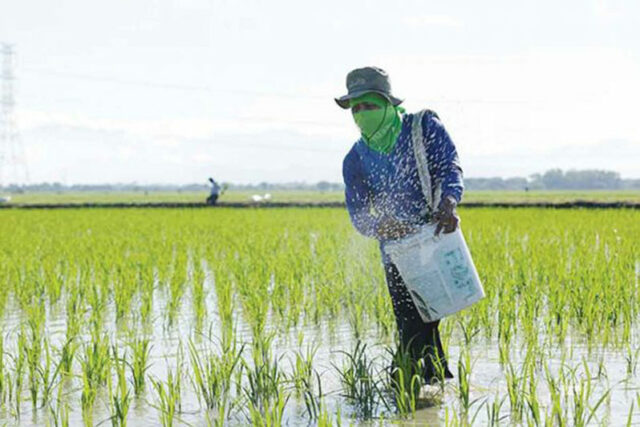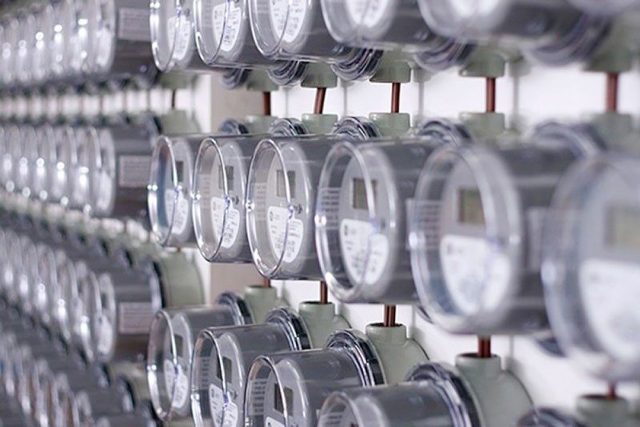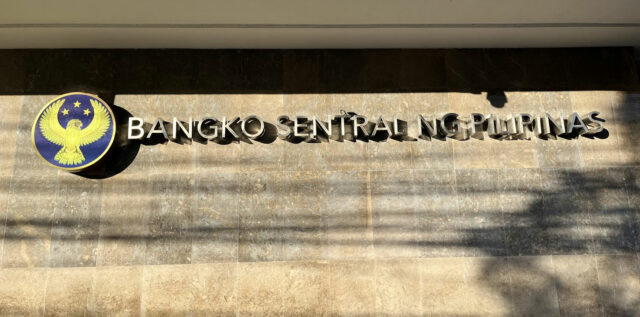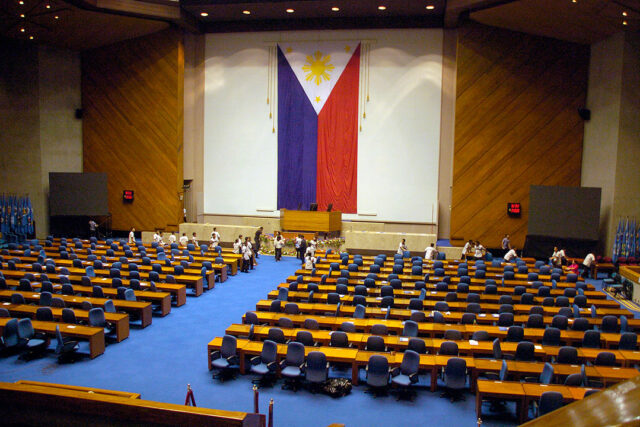The evolving narratives of personal growth and determination at the start of the new year bear a striking parallel to the transformative changes unfolding in digital commerce. Just as people face a crucial checkpoint in the fourth week of 2024, electronic marketplace (e-marketplace) operators and digital financial services providers (DFSPs) are also navigating a pivotal moment. The Bureau of Internal Revenue (BIR) recently implemented groundbreaking withholding tax rules pursuant to Revenue Regulations (RR) No. 16-2023 and Revenue Memorandum Circular (RMC) No. 8-2024 issued on Dec. 21 and Jan. 15, respectively. This move, aimed at reshaping the taxation framework, mirrors the determination seen in individuals striving for self-improvement.
The commitment to fairness and transparency in taxation aligns with the collective spirit of renewal and fresh beginnings that the new year often brings. The challenges and opportunities posed by the new regulatory framework underscore the parallel paths of personal and economic development, highlighting the dynamic nature of progress in the first month of the year.
EFFECTIVITY OF WITHHOLDING TAX OBLIGATION
The revenue regulations that imposed withholding tax obligations on e-marketplace operators and DFSPs took effect on Jan. 11, or 15 days after its publication in the Manila Bulletin on Dec. 27.
On the other hand, RMC No. 8-2024 was issued and published on Jan. 15.
RATE OF WITHHOLDING TAX
In general, e-market place operators and DFSPs are required to withhold 1% tax on one half of their gross remittances to sellers and merchants of goods and services using their platforms or facilities. Remittances to sellers and merchants are not subject to withholding tax if (a) the annual total gross remittance for the past taxable year is P500,000 or below; (b) the cumulative gross remittance for the taxable year is P500,000 or below; or (c) the seller or merchant is exempt from or subject to a lower income tax pursuant to law or treaty.
COVERED TAXPAYERS
The following taxpayers are affected by the new regulations:
• e-marketplace operators: those that develop and/or provide a digital platform that connects online buyers with sellers to facilitate sales. These platforms handle various aspects, including processing payments, organizing product shipments, and providing post-purchase support. They oversee transaction processes and cover a range of services, such as online shopping, food delivery, and booking accommodations like resorts, hotels, and rental spaces in the Philippines. Essentially, e-marketplace operators offer digital platforms that serve as online hubs for various services and products. Examples are marketplaces for online shopping, food delivery platforms, and booking platforms for resorts, hotels, and similar lodgings.
• DFSPs: those that provide financial technology. These providers use internal systems, mobile applications, or similar methods to deliver various financial services to the public. These services include banking, insurance, payment and money transmission services, and other related financial offerings. In essence, digital financial service providers provide a broad range of financial solutions through digital platforms.
• Sellers/merchants of goods and services: local sellers/merchants for purposes of imposing creditable withholding tax.
OBLIGATIONS OF E-MARKETPLACE OPERATORS AND DFSPs
E-marketplace operators and DFSPs are required to carry out the following:
• Ensure sellers/merchants are registered with the BIR by collecting their Certificate of Registration (CoR or BIR Form No. 2303) before allowing them to use the e-marketplace or DFSP platforms.
• Request certification or documentation from sellers/merchants exempt from or subject to a lower income tax rate under existing laws or treaties.
• Mandate sellers/merchants to submit a copy of the BIR-received Sworn Declaration (SD); an automatic withholding tax deduction under RR No. 16-2023 shall apply for failure to submit SD and for failure to submit within the prescribed period.
• Monitor buyers/customers’ gross payments, deduct the withholding tax as per RR No. 16-2023, and remit it to the respective sellers/merchants. If a payment reaches the seller/merchant through multiple channels, the last facility (e-marketplace operators and DFSPs) that has control of the payment before fully remitting it to the seller/merchant is responsible for withholding taxes under RR No. 16-2023.
• Issue the Certificate of Creditable Tax Withheld at Source (BIR Form No. 2307) to sellers/merchants within the prescribed period stated in the Tax Code or upon their request.
OBLIGATIONS OF SELLERS/ MERCHANTS
Sellers/merchants using the e-marketplace facility or DFSP must register their business with the BIR and provide a copy of the BIR-issued CoR to the e-marketplace operator. All sellers/merchants currently not registered with the BIR but selling goods and services in an e-marketplace facility must register their businesses with the BIR within the transitory 90-day period.
If the expected annual gross remittance from e-marketplace operators or DFSPs is below P500,000, sellers/merchants need to submit a BIR-received SD to the e-marketplace or DFSP, declaring this limit. The BIR-received SD must be submitted before the 20th day of the first month of each taxable year.
Failure to submit the required SD will result in the automatic deduction of withholding tax by the e-marketplace operator or DFSP. If the annual gross remittances exceed P500,000 during the taxable year, sellers/merchants must promptly submit the required BIR-received SD to the e-marketplace operators or DFSPs.
If a seller/merchant is exempt from income tax or qualifies for a lower income tax rate under existing laws or treaties, they should provide the e-marketplace operator with a duly issued certification as evidence of their exemption or eligibility for the lower rate.
WHAT COMPRISES GROSS REMITTANCE?
The P500,000 gross remittance limit includes all payments received by an online seller/merchant from all e-marketplace operators and DFSPs. If any e-marketplace operator or DFSP finds that the total remittances on its platform surpass P500,000 at any point during the taxable year, the required withholding tax will be automatically deducted from the exceeding amount. This withholding tax will also apply to subsequent remittances.
COMMENCEMENT OF OBLIGATION TO WITHHOLD
E-marketplace operators and DFSPs’ obligation to withhold commences:
1. Upon receipt by the e-marketplace operator and DFSP of the BIR-received SD indicating that the sellers/merchants have exceeded the P500,000;
2. When the seller/merchant failed to submit the required BIR-received SD to the e-marketplace operator or DFSP within the described period; or
3. When the e-marketplace operator or DFSP has determined that its total gross remittances to the concerned seller/merchant have exceeded the P500,000 threshold.
PAYMENTS/REMITTANCES TO SELLERS/MERCHANTS
Sellers/merchants are not allowed to receive payments in their personal accounts. All payments, remittances, or transfers must go to their BIR-registered tradename. The BIR will monitor the usage of accounts under the registered tradename of the seller/merchant.
TRANSITORY PERIOD
E-marketplace operators and DFSPs have a 90-day window from the issuance date of this circular on Jan. 15, or until April 14, to adhere to any additional policies or requirements set by the BIR. This transitory period allows them the opportunity to make necessary adjustments and ensure full compliance with the provisions outlined in RR No. 16-2023 before the official enforcement of the prescribed creditable withholding tax.
Existing unregistered sellers and merchants must fulfill the specified requirements detailed in this circular within the same 90-day period. Violators of any provision of RR No. 16-2023 are liable for penalties.
Truly, we are entering a new era of taxation for digital marketplaces, marking a crucial milestone in shaping the rules for the digital economy. This change signifies a shift in how these digital businesses are taxed, representing a significant step toward creating fairer taxation rules for everyone in and out of the digital landscape.
Let’s Talk Tax is a weekly newspaper column of P&A Grant Thornton that aims to keep the public informed of various developments in taxation. This article is not intended to be a substitute for competent professional advice.
Paul Vinces C. Leorna is a manager from the Tax Advisory & Compliance division of P&A Grant Thornton. P&A Grant Thornton is one of the leading audits, tax, advisory, and outsourcing firms in the Philippines, with 29 Partners and more than 1000 staff members. Tweet us: GrantThorntonPH, like us on Facebook: P&A Grant Thornton,
pagrantthornton@ph.gt.com
www.grantthornton.com.ph











